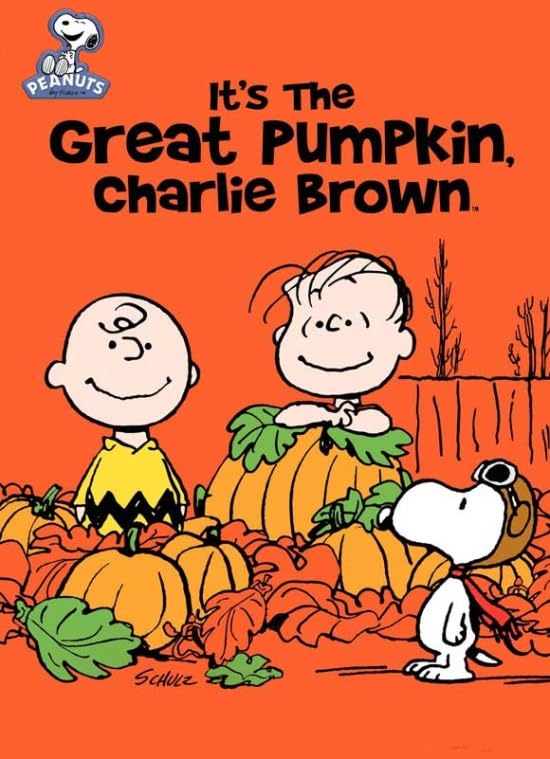
By Gavin Boyle
A new study revealed that for the first time, more people now receive their news from social media than from mainstream sources like TV or newspapers.
“An accelerating shift towards consumption via social media and video platforms is further diminishing the influence of ‘institutional journalism’ and supercharging a fragmented alternative media environment containing an array of podcasters, YouTubers, and TikTokers,” the study said.
This shift away from traditional news sources is no surprise as it has been trending this way for over a decade. In 2013, 72% of people turned to TV for their news while 27% turned to social media. Now, in 2025, 50% turn to TV while 54% rely on social media.
Related: Why Do People Get Their News From TikTok?
This shift has largely come from younger generations preferring these new sources of media over the traditional.
“There are no reasonable grounds for expecting that those born in the 2000s will suddenly come to prefer old-fashioned websites, let alone broadcast and print, simply because they grow older,” said Reuters Institute Director Ramsus Nielsen.
This is even less likely as new forms of news distribution continue to pop up. The most recently developed is AI, which millions of people now turn to. To help their chatbots be as accurate as possible, many AI platforms have signed deals with news companies to be allowed to use their articles in their product. However, this does not mean it is a reliable source of news, as previous studies have found the technology to be very bad at summarizing current events.
“The price of AI’s extraordinary benefits must not be a world where people searching for answers are served distorted, defective content that presents itself as fact,” BBC News and Current Affairs CEO Deborah Turness wrote. “In what can feel like a chaotic world, it surely cannot be right that consumers seeking clarity are met with yet more confusion.”
Consumers appear to feel the same way, as only 7% currently turn to AI for news. Nonetheless, for a technology that only became mainstream two years ago, this is an incredible uptake rate.
While many people originally ditched mainstream news media to escape propaganda and agenda-based reporting, the fracture into a more widespread news ecosystem has made misinformation easier to spread. As people continue to shun established news sources for their favorite content creator, it is imperative that they also learn how to spot false information so they do not fall victim to it.
Read Next: Americans Turn to TikTok, Social Media for News
Questions or comments? Please write to us here.


 - Content:
- Content: 

